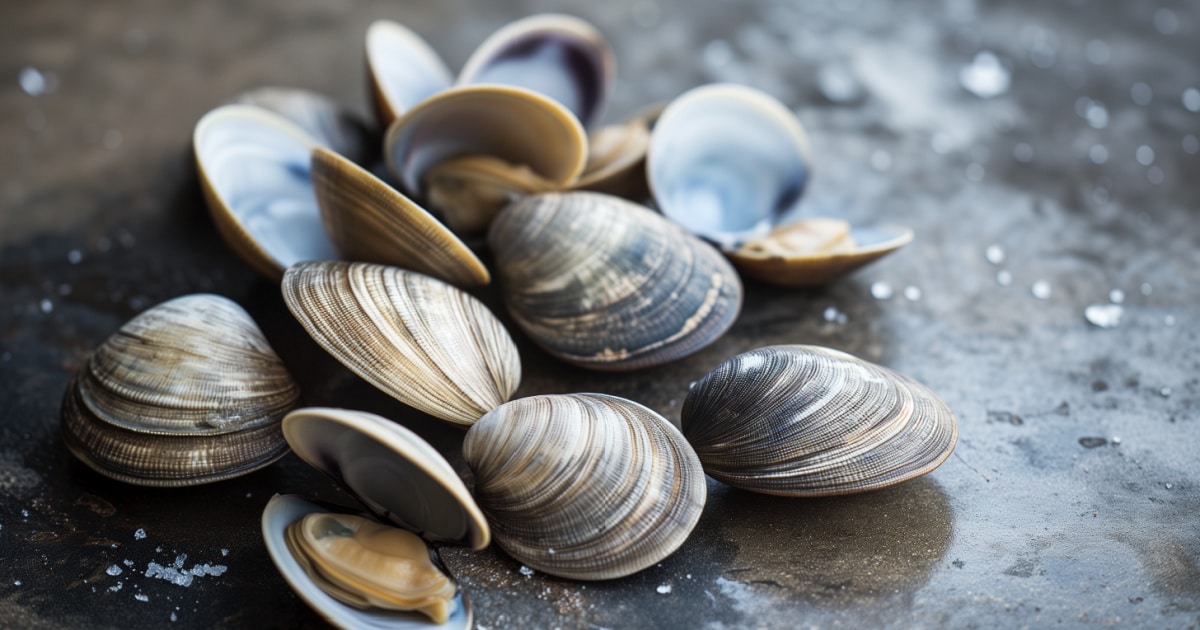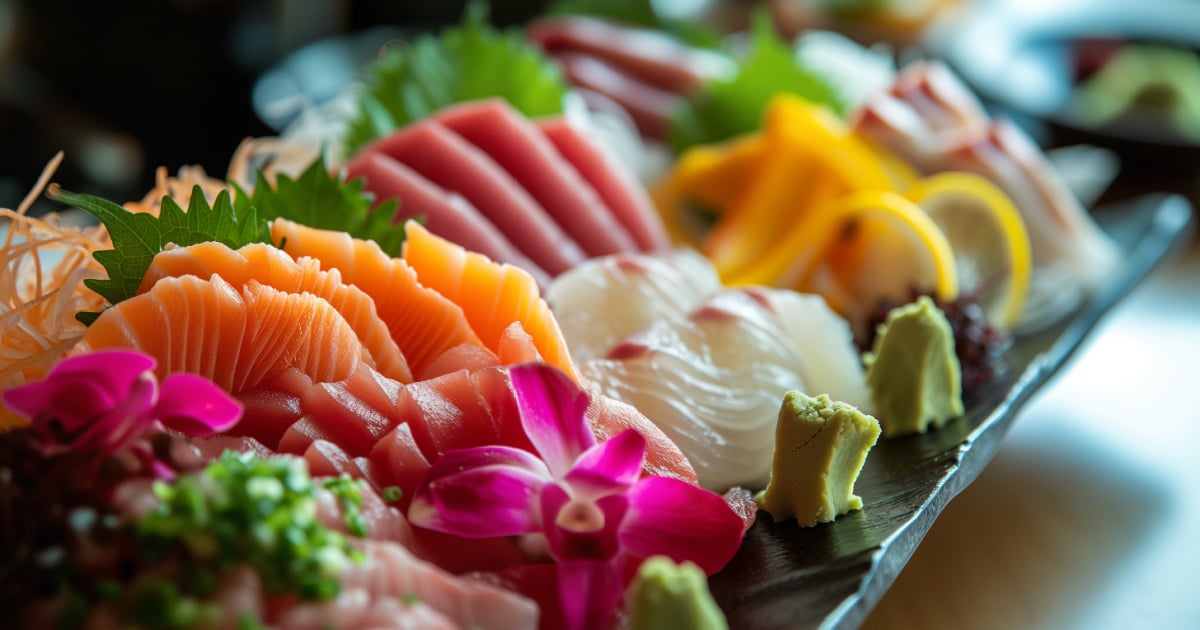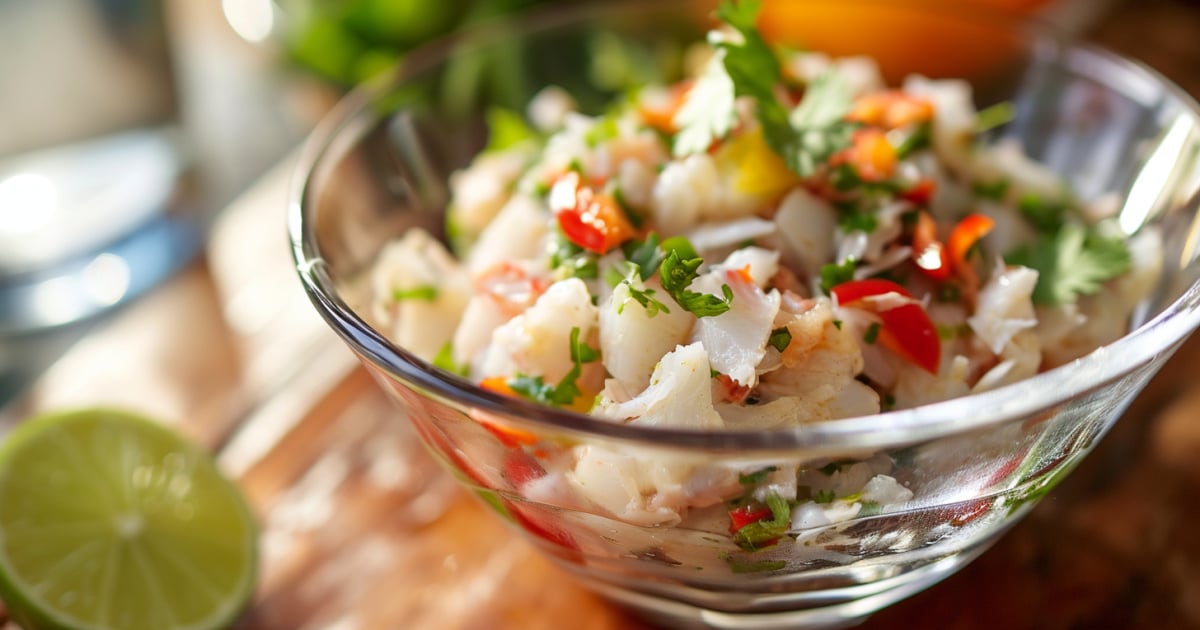Introduction: Can You Eat Raw Crab Meat? Unraveling the Debate
Hey seafood fans! Have you ever wondered, “Can you eat raw crab meat?” It’s a hot topic among seafood lovers. Some people swear by the deliciousness of raw dishes like sushi, but when it comes to crab, things get a bit tricky. In this article, we’re going to dive into this debate. We’ll explore whether it’s safe or even tasty to eat crab meat without cooking it. From sushi bars to your kitchen, the question of eating raw crab meat has many angles. So, if you’re curious about munching on some raw crab, or just want to know more about this seafood puzzle, stick around. We’re about to crack open this shell of a question!
- Understanding Raw Seafood: Beyond Crab Meat
- Can You Eat Raw Crab Meat? Exploring the Facts
- Health Risks: Why Eating Raw Crab Meat Can Be Unsafe
- Safe Alternatives to Raw Crab Meat
- Preparing Crab Meat Safely: Can You Eat It Raw?
- Adding a Twist: Ceviche-Style Cooked Crab Meat
- Conclusion: Understanding Raw Crab Meat Consumption
- Explore More From T.L. Morris Seafood
Understanding Raw Seafood: Beyond Crab Meat
When we talk about raw seafood, it’s not just about asking, “Can you eat raw crab meat?” There’s a whole world of seafood enjoyed raw. In Japan, for instance, raw fish is a staple in dishes like sushi and sashimi. These dishes have won hearts globally for their fresh flavors and delicate textures.
But it’s not just fish that’s eaten raw. Seafood like oysters and clams are often served fresh and uncooked. The key here is the quality and freshness of the seafood. It’s all about ensuring it’s safe to eat without cooking.
However, when it comes to crab meat, the story is a bit different. Unlike tuna or salmon, which are commonly eaten raw, crab meat usually requires cooking. This is because of its texture and the risk of foodborne illnesses.
So, while many seafood types are great for raw consumption, crab meat typically isn’t one of them. In the next sections, we’ll delve deeper into why crab meat usually needs to be cooked and what makes it different from other seafood.

Can You Eat Raw Crab Meat? Exploring the Facts
Now, let’s tackle the big question head-on: Can you eat raw crab meat? The straightforward answer is, it’s not recommended. Unlike some other seafood, crab meat has specific characteristics that make it less suitable for raw consumption.
Firstly, the texture of raw crab meat is quite different from when it’s cooked. Cooking transforms crab meat, making it tender and bringing out its delicate flavors. In its raw state, crab meat can be tough and difficult to digest.
Another critical factor is safety. Raw crab meat can harbor harmful bacteria and parasites. These can cause foodborne illnesses, which are definitely something you want to avoid. Cooking crab meat properly is essential to kill these harmful organisms and make the crab safe to eat.
You might have heard of dishes that seem to feature ‘raw’ crab, like certain types of sushi or crab tartare. However, in many of these dishes, the crab meat is actually cooked or cured in some way, such as through pickling or marinating in acidic ingredients. This process can give the impression that the crab is raw, but it has actually undergone a form of cooking.
So, while you might be tempted to try raw crab meat, especially if you’re a fan of other raw seafood, it’s best to enjoy crab after it’s been properly cooked. This ensures not only a better taste and texture but also keeps you safe from any potential health risks.
In the following sections, we’ll look at some of the health concerns in more detail and explore safe and delicious ways to enjoy crab meat.
Health Risks: Why Eating Raw Crab Meat Can Be Unsafe
Understanding the health risks is crucial when considering, “Can you eat raw crab meat?” The primary concern with consuming raw crab meat is the potential presence of harmful bacteria and parasites. These can lead to foodborne illnesses, which are not only unpleasant but can also be serious.
One of the common risks associated with raw crab meat is the presence of Vibrio bacteria. These bacteria are found in marine environments and can cause symptoms like diarrhea, abdominal cramping, nausea, vomiting, fever, and chills. Cooking crab meat thoroughly is the best way to eliminate these bacteria.
Parasites are another concern. Raw crab meat can contain parasites that are harmful to humans. These parasites can cause various health issues, ranging from digestive disturbances to more severe conditions. Again, proper cooking kills these parasites, making the crab meat safe to eat.
It’s also worth noting that crabs, being bottom dwellers, can accumulate toxins and pollutants from their environment. Cooking helps reduce the risk of exposure to these harmful substances.
So, while you might enjoy other seafood raw, it’s best to cook crab meat to ensure it’s safe to eat. In the next section, we’ll explore some delicious and safe alternatives to raw crab meat that you can enjoy without worry.
Safe Alternatives to Raw Crab Meat
If you’re a fan of raw seafood but now know that raw crab meat might not be the best choice, don’t worry! There are plenty of other seafood options that are delicious and safe to eat raw. Let’s explore some popular alternatives:
- Tuna: A top choice for raw seafood lovers, tuna is often featured in sushi and sashimi. Its firm texture and mild flavor make it perfect for a variety of raw preparations.
- Salmon: Known for its smooth, rich texture, salmon is another favorite in raw dishes. It’s commonly used in sushi and is also great for curing and pickling.
- Flounder: This might be a less known option, but flounder is excellent for raw consumption. It’s delicate, tender, and has a very mild flavor, making it a great canvas for various seasonings.
- Sea Bass: Similar to flounder, sea bass is mild, tender, and lean, which makes it a fantastic choice for carpaccio and other raw dishes.
- Snapper: With a bit more firmness than flounder and sea bass, snapper is a great contender for ceviche, where it can marinate in citrus or vinegar.
These seafood options are not only safe to eat raw when properly handled but also offer a delightful range of flavors and textures. So, while you might skip the raw crab meat, there’s a whole ocean of other raw seafood delights to explore!

Preparing Crab Meat Safely: Can You Eat It Raw?
Now that we understand why it’s not advisable to eat raw crab meat, let’s focus on how to prepare and enjoy crab meat safely. Cooking crab is not just about making it safe to eat; it’s also about bringing out its best flavors and textures.
- Boiling and Steaming: These are the most common methods for cooking crab. They’re quick, easy, and effective. Boiling or steaming crab for the right amount of time ensures that it’s cooked through without becoming rubbery.
- Baking and Grilling: For a different flavor profile, you can also bake or grill crab. These methods add a delightful smokiness and can be great for a summer barbecue.
- Seasoning: While crab meat has a wonderful flavor on its own, you can enhance it with seasonings. Lemon, garlic, and herbs complement the sweetness of the crab without overpowering it.
- Safety Tips: Always ensure the crab is thoroughly cooked. The meat should be opaque and flaky. Also, be mindful of any allergies, as seafood allergies are common.
By cooking crab meat properly, you can enjoy its delicious flavor while ensuring it’s safe to eat. Remember, while you might ask, “Can you eat raw crab meat?” the best crab experience comes from it being well-cooked.
Adding a Twist: Ceviche-Style Cooked Crab Meat
While we’ve established that eating raw crab meat isn’t recommended, you can still enjoy the flavors of a ceviche-style dish using cooked crab. Here’s how:
- Start with Cooked Crab: Cook your crab meat thoroughly by boiling, steaming, or baking. Once cooled, extract the meat.
- Marinate in Citrus: Combine the cooked crab meat with fresh lime or lemon juice in a bowl. This adds a zesty flavor and tenderizes the meat.
- Mix in Fresh Ingredients: Add diced onions, peppers, cucumbers, and fresh herbs. Season to taste.
- Chill Before Serving: Let the mixture marinate in the fridge for about an hour to allow flavors to blend.
- Enjoy a Refreshing Dish: Serve your crab ceviche cold, accompanied by crackers or tostadas.
This method lets you safely enjoy crab meat with the fresh, tangy taste of ceviche, making it a perfect dish for warm weather or as a special appetizer.
Conclusion: Understanding Raw Crab Meat Consumption
In conclusion, while the question “Can you eat raw crab meat?” might spark curiosity, it’s clear that cooking crab is the way to go. Not only does cooking ensure safety by eliminating harmful bacteria and parasites, but it also brings out the best in crab meat’s flavor and texture. Remember, there are plenty of other seafood options that are delicious and safe to eat raw, so you can still enjoy the raw seafood experience. Next time you’re tempted by the thought of raw crab, opt for a well-cooked crab dish instead and savor the rich, succulent flavors it has to offer!
Explore More From T.L. Morris Seafood
If you enjoyed this post, you’re in for a treat! Dive deeper into seafood with some of my other articles that readers have loved:
- How Many Crabs in a Bushel?– Learn about how many crabs in a bushel, understand factors influencing counts, and get expert tips for buying and enjoying blue crabs.
- Crab Feast Revival: Expert Tips on How to Reheat Cooked Crabs Perfectly– Master how to reheat cooked crabs with our easy guide. Enjoy juicy, flavorful crabs every time with top reheating tips and tricks.
- Chesapeake Charm: The Story of Maryland Crabs and Their Cultural Legacy– Unveil the captivating world of Maryland crabs: a journey through the vibrant culinary legacy and deep-rooted traditions of the Chesapeake Bay.
Stay connected and keep exploring! Don’t forget to subscribe for the latest updates and insights.

